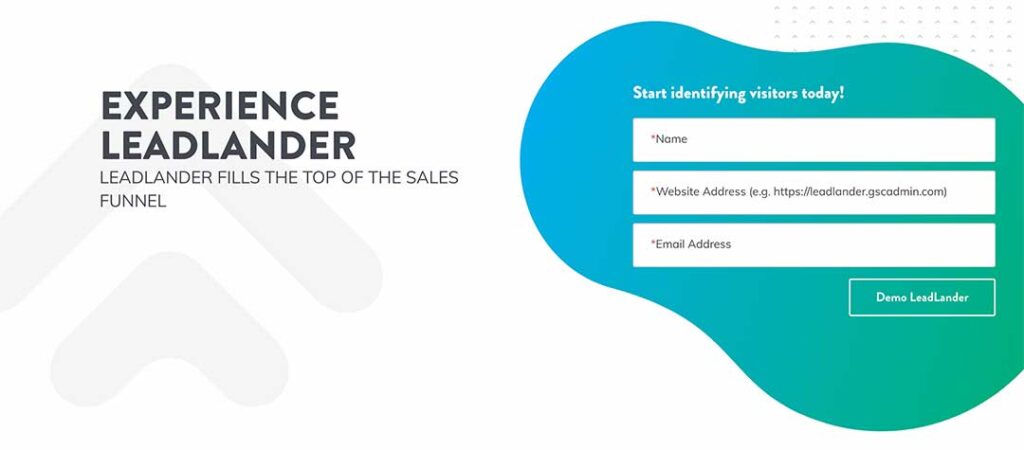We’re in a period of economic uncertainty. Following the post-COVID boom, the federal reserve increased borrowing rates and became a less active participant in the markets.
Businesses are left to wonder how this might impact them, and many are trimming budgets and leaning out their operations in preparation for a potential recession.
As your company adapts to these times, one underrated metric it may want to pay attention to is its Net Promoter Score (NPS). Knowing your score (and improving it) could help you thrive, no matter what the future brings.
An overview of NPS
Your Net Promoter Score is a metric that tracks how likely your current customers are to recommend you. This helps your company better understand where it stands with its clients.
How to calculate your NPS score
Calculating your NPS score is a straightforward process. It’s simply the percentage of supporters you have minus your percentage of detractors.
Let’s dive into what that means.
NPS asks customers to rank how likely they are to recommend your company on a 0-10 scale, with 0 being the least likely and 10 being the most likely.
According to NPS standards, anyone who gives your business a 0-6 is a “detractor;” anyone who gives it a 9 or 10 is a “supporter.” Those who rate your company a 7 or 8 are classified as “passive” and aren’t included in the calculation.
So let’s say you polled 10 customers. Two gave you a 0-6, and eight gave you a 9 or 10. You have 20% detractors and 80% supporters. That means your overall NPS score would be 60%.
What’s a good NPS score?
Experts say a perfect NPS score of 100% is almost impossible. Anything above 0% is considered “good” since your company has more supporters than detractors. According to the standard scale:
- Above 20% is favorable
- Above 50% is excellent
- Above 80% is outstanding

How might knowing its NPS score help a company thrive in all conditions?
If you don’t know your company’s NPS score yet, this period of economic uncertainty could be the ideal time to figure it out.
At its most fundamental level, your Net Promoter Score is a measurement of customer loyalty. It helps you determine how valuable you are to your average client.
That will be very important information to have on hand as businesses everywhere cut back and trim budgets to survive in a more economically uncertain environment.
If you have a high NPS score, you know that your average customer is loyal and wants to continue using your services or products. But if your NPS score is low, that could be an early indication your business will be one of the first that the average customer cuts ties with when they need to reduce costs.
Top strategies for improving your NPS score
Once you’ve calculated your NPS score, you might be unhappy with your score. Luckily, you can take concrete steps to begin improving immediately.
Here are some of the best strategies for boosting your NPS rating.
Make sure your team knows the importance of NPS
First up, you’ll want to make NPS rating an organization-wide priority. It isn’t enough to care about it yourself. You also need your team members to know why it matters and champion your initiatives to improve your score.
This all begins with an effective communication strategy on your end. The better you are at convincing your team that NPS matters and they should care about it, the likelier they’ll be to get behind your efforts to improve it.
Go beyond the surface level of your NPS score
As you start receiving NPS scores from clients, it’ll be important to look deeper into that information than the score itself. This is the only way to use NPS data to make meaningful changes to how your company interacts with its customers.
For example, you can consider which product or service a client has used before giving you a score. Or you could look into their previous customer support communications to assess what problems they might have experienced or see what they appreciate your company for doing for them.
Research like this helps you get more out of your NPS scores than their scores. And you can use that information to improve various aspects of your company’s operations.
Segment your NPS score
It’s also an excellent strategy to break down your NPS scores by audience segment. Even if you score poorly with one portion of your audience, you may score very well with another.
When you segment your NPS scores in this way, it’s easier to figure out the specific aspects of your business that aren’t sitting well with your customers.
Integrate NPS data into employee reviews
To use NPS scores, you need to integrate them into your employees’ lives in meaningful ways. That’s the only way your workers will prioritize them to the extent that you’d like.
One of the best ways to do this is by basing some elements of an employee’s review on the NPS scores for their clients or department in that quarter.
For example, you could break down your NPS data based on the salespeople that manage each client’s account. Then you can base some of your employee review decision-making on that information.
Optimize your customers’ experience
Another, more obvious strategy for increasing your Net Promoter Scores is to give your clients a better experience. There are a few ways to do that.
One option is to add a self-service feature to your website. Data suggests that about 40% of customers now prefer self-service over a salesperson’s interaction. So this could be enough, on its own, to improve your NPS score with a solid segment of your audience.
You could also focus on improving your customer support. Problems will always occur for some percentage of your customer base. It’s usually how you respond to those problems that determine what the client thinks about you.
Strategies like adding live chat support to your website and increasing your hours of operation for phone support can do a lot to help you make progress in this area.
Make better things
Like the previous point, you can also boost your Net Promoter ratings by simply making better products and services.
Better, in this context, means services that address your target audience’s pain points in more effective ways. That could mean adding new features to an existing service or removing some barriers to use in better web design or a mobile app.
For this step, it’ll be helpful to reach out to your audience directly to get some feedback. Doing so will give you a more accurate sense of where your products or services can improve.
Run regular NPS checks
It’ll also be essential to run NPS score checks with some regularity. You can decide the specific schedule that makes the most sense for your brand. But doing this will help you assess how all of the changes you’re making impact your audience’s loyalty.
If you implement some major changes and don’t see any NPS score improvements, that can be a red flag indicating those changes didn’t have the desired results.

LeadLander can get you the data you need to achieve a good NPS score
Data is essential to achieving the NPS scores needed to thrive in any economic weather. You need consistent access to information about your clients and how they interact with your company to progress towards your NPS goals.
That’s where LeadLander comes in. Our website visitor tracking software tells you everything you need to know about who’s visiting your site, how they’re interacting with it, and what’s causing them to leave.
You can use all of this information to make more informed decisions about your NPS strategies.
But don’t take our word for it. Check out a free demo of LeadLander today to learn more about how we can help.

Related Reading


